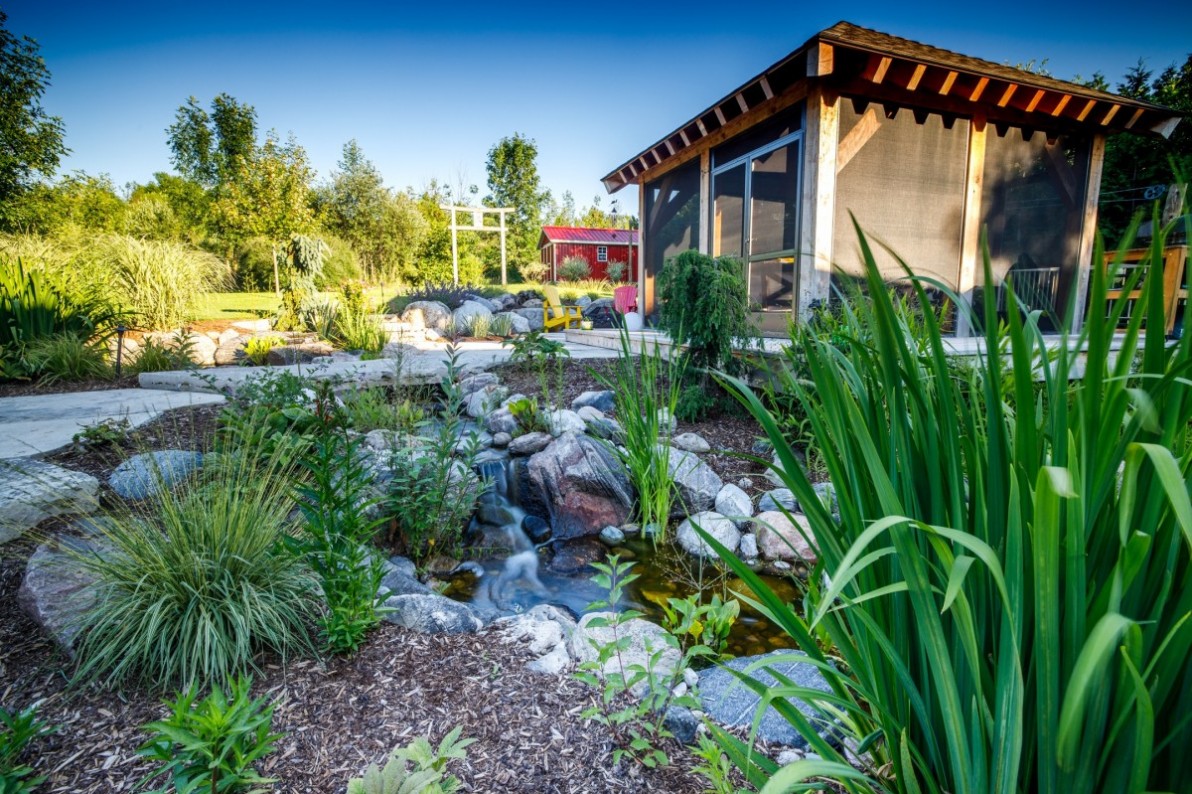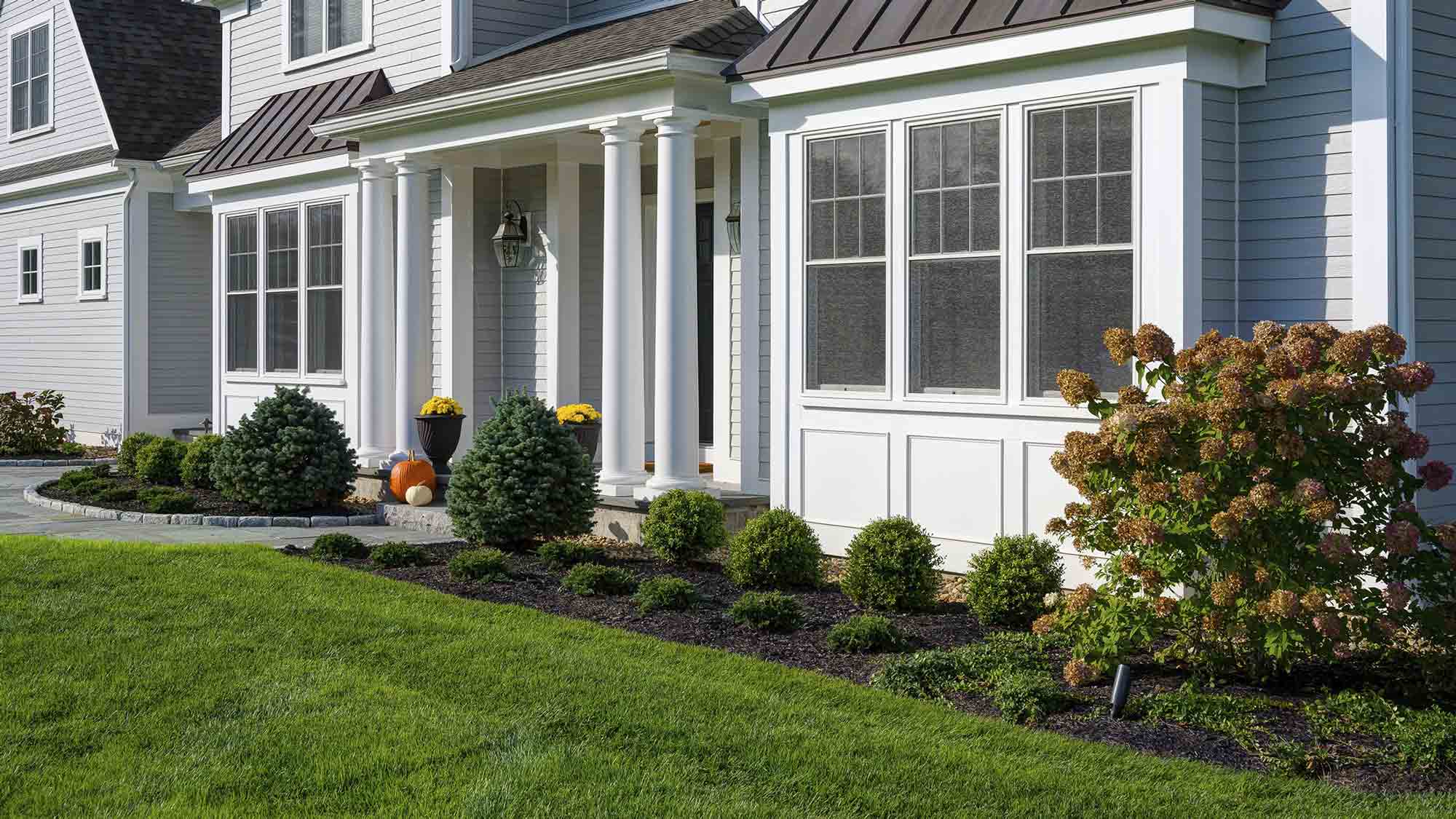The Main Principles Of Landscapers
The Main Principles Of Landscapers
Blog Article
The Best Guide To Landscapers
Table of ContentsExamine This Report about LandscapersLandscapers for DummiesLandscapers - QuestionsLandscapers Things To Know Before You BuyThe 6-Minute Rule for Landscapers
- A tree or bush (shrub) that loses its leaves in winter. In the PNW there are semi-deciduous or semi-evergreen plants that may shed their leaves relying on how chilly the winter months is. Abelia and some hebe are examples. Landscapers. - A flat celebration room, made from wood or composite product (made to look like wood), normally adjacent or connected to a framework.

- Granite that is weathered to the factor that it is a very fine aggregate. This is a natural procedure, and the result can be made use of for courses and patios. Decayed granite is usually referred to as DG. It is specifically valuable in modern-day landscapes. - Trick landscape attributes being suggested in a landscape layout plan.
The 7-Minute Rule for Landscapers
These objectives direct the layout process, not the designer's style or preferences. Common style purposes in Portland are low maintenance, dry spell tolerant, and animal friendly. - Process for getting rid of or thinning the dead lower degree of a mature lawn. Thatch is yard that has passed away and collected below the green blades.
Nevertheless, with time this layer can get very thick and make it difficult for water, sunlight, and nutrients to reach sections of the lawn.- The procedure of accumulating and controlling the flow of water on a residential property. This can be finished with grading, French drains, dry wells, permeable surfaces, sump pump, rainfall yards, and more.
Properties at the end of hills, with all-natural springtimes, or filled with heavy clay have one of the most drainage problems.- A slow-moving feeding watering system that uses adaptable tubing and emitters to send a specific amount of water to every plant. This is the most reliable method of watering plants. - The capability of a plant to endure without much summer season water.
- A yard attribute where water is represented by an aggregate rock item, normally a crushed rock or granite. These are most typically found in contemporary and Japanese garden layout.- A stone or natural flagstone patio, course, or walkway built without a concrete base. The base would certainly be compressed gravel and the joints would be an accumulation or walkable ground cover.
Excitement About Landscapers
- A stone preserving or complimentary standing wall surface built without the use of mortar. - A below ground structure that collect water and permits it to slow down percolate right into the dirt around it.
Landscape style that is suitable with a websites' setting in both appearance and sustainability without adverse impacts to the setting. Bordering in the landscape is a line of demarcation that produces aesthetic passion in the yard by look at this website separating one sector from one more segment.
Areas can additionally sense of "unit" offered by trees, various other plantings, fences, or screens. The landscape near the access to a structure. A tree, shrub or vine, trained to grow on a wall or fencing right into a certain pattern. Particularly valuable for fruit trees, making it easy to harvest the fruit and including mess.
A plant that is foreign to the area where it will certainly be planted. Not all "exotics" are intrusive or damaging, and many can be well acted or dry spell forgiving (Landscapers). A mass planting of ferns. Thicker bladed turf lawn that spread using rhizomes.: The degree of soil on your residential or commercial property prior to bark dust or compost is spread.
What Does Landscapers Mean?

The objective, reason, or action that an area is be landscaped for. Stairs operate, for instance, to enable foot website traffic backwards and forwards a slope. Space for growing plants for checking out, consuming, or exercise. A roofed building utilized over an outside gathering room. The sprouting of a seed, probably describing a grass that is being grown from seed.
Rock product, either rounded or fractured, that is reasonably tiny- typically 1" or much less. Low plants that are enabled or motivated to top a location. Can refer to any kind of "difficult" yard components consisting of statuary or rocks however most generally is utilized to refer to paths, outdoor patios, and walls.: Height distinction between the level of water in a pond (or the level of the pump if it sits outside the pond) and the top outlet of water which influences efficiency of the water pump in gph (gallons per hour). Dense bushes or trees that develop a fence, screen, or border.

The smart Trick of Landscapers That Nobody is Discussing
A more kicked back garden controlled by bent instead of straight bed lines and a much less stiff structure. Typical PNW landscapes are casual. A plant that spreads more than preferred, or into habitats where it does damage. Portland has a checklist of invasive plants that need to not be set up in landscapes since they can infect woodlands or rivers and be challenging to regulate.
Smart irrigation controller reviews and recommendations right here. 2-D making of the recommended content watering system. Can include head positionings and protection, pipe sizing, GPM specifications, and products needed to mount this system. An irrigation plan is usually unneeded for properties however is typical for business jobs. Licensed professional that makes landscapes, educated in design and style along with in cultivation.
Landscape developers generally have much less schooling than Landscape Architects and are not licensed. A completed landscape style, detailing all aspects for the new landscape.
A water tight HDPE material utilized underneath ponds, streams and waterfalls in water functions. Making use of many plantings of the same range to fill up in a location in the landscape.
Report this page